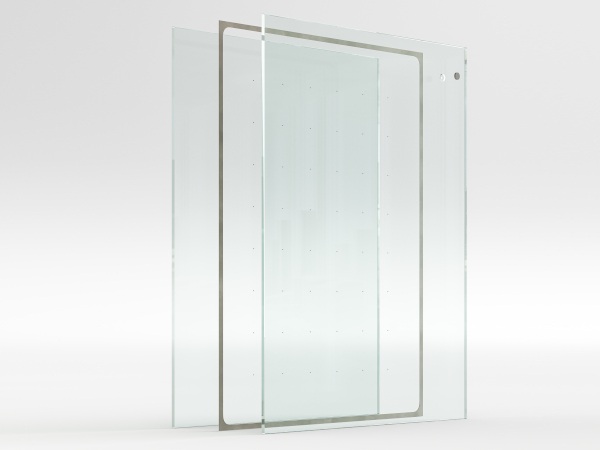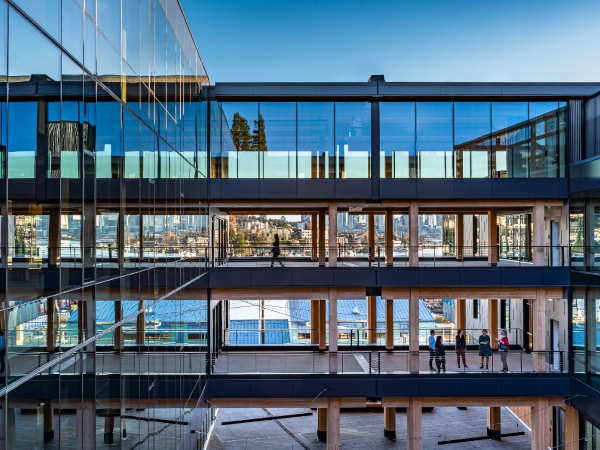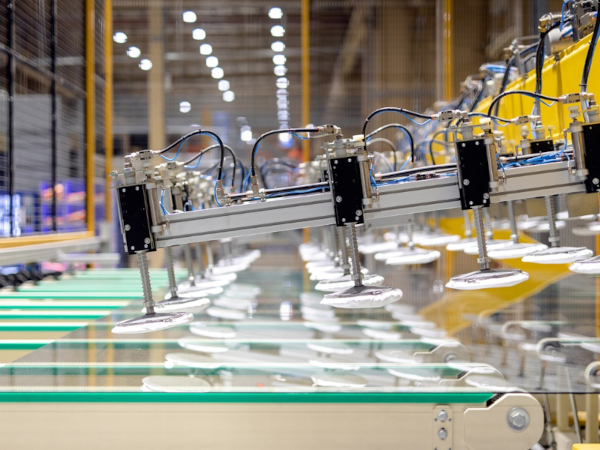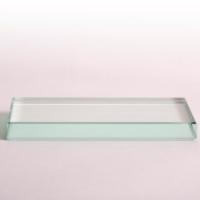Date: 25 March 2013
"There is pressure to lower the window-to-wall ratio worldwide. ... That would be bad for everyone in this room," Thomsen said to the group of more than 300 contract glaziers and glass industry suppliers. The meeting, hosted by the Glass Association of North America, runs March 17 to 19 in Las Vegas.
The major attack on glass in the U.S. came from a proposal to reduce the window to wall ratio by 25 percent in ASHRAE 90.1. While the industry collaborated to block the proposal, it is back on the table for the 2013 ASHRAE 189.1 green standard. "A 25 percent reduction in WWR would mean an annual reduction of 250,000 metric tons of glass annually in the U.S.," Thomsen said. "This would mean less glass per façade, fewer windows and smaller windows."
When similar proposals have been adopted around the world, the effects have been quickly noticeable in building construction. "Within two to three years of enacting a lower WWR, we have seen smaller windows, a transition from strip windows to punched openings, and from curtain wall to strip windows," Thomsen said.
The best way for the industry to fight back against such proposals, and to shift the perception that glass is an inefficient building product, is for all industry players to work together. "We need to look at what needs to change in the value chain for everyone to be successful," Thomsen said. Every level of the value chain needs to promote value-added, energy-efficient glass products in order to combat the worldwide pressures to lower the WWR on buildings. And, players in the industry need to work together to sell the benefits of glass beyond efficiency, such as occupant comfort and daylighting, he said.
The industry needs to sell its efficient solutions: argon fill, warm-edge spacers, surface four coatings, silk-screen patterns that reduce solar heat gain and triple IG. And, "we need a full migration to high-performance coatings," Thomsen said.
Additionally, the whole value chain needs to support emerging technologies, such as electrochromics, and to share the risk in bringing those products into buildings. "We need to create value at each step in the value chain, so everyone benefits. And, we need to eliminate co-adoption risk in the value chain," Thomsen said.
Thomsen provided a call to action for both fabricators and glaziers. For fabricators: upgrade capabilities to support argon fill and warm-edge spacers; upgrade capabilities to support large IG sizes; increase the emphasis on quality; get engaged in the industry to advocate for maintaining the current WWR; and get ahead of the curve on advanced glazing products. "Your sales force should be capable of promoting energy-efficient products. Don't get caught in the order-taker mentality," he said.
For glaziers: embrace the more stringent energy codes; get engaged with industry partners; partner with suppliers that are working with zero-energy buildings; and embrace trends toward higher performance coatings and glass make-ups. "This is an opportunity to provide improved margins. Learn about the advanced technologies that are coming and begin to offer them to customers. Don't wait for everyone else to do it first," Thomsen said.
The bottom line for the industry is that "we need to improve energy efficiency or lose surface area," he said. "We all win when we increase the value per square foot."














Add new comment